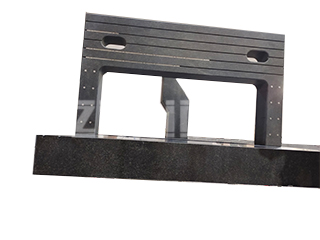Custom-shaped components, due to their unique forms and structural complexity, face multiple challenges in maintaining precision during manufacturing. The accuracy of these components is influenced by several interrelated factors, including material quality, manufacturing processes, equipment performance, operator skill, and environmental conditions. Understanding these influences is key to producing high-precision components that meet strict industry standards.
The foundation of precision begins with high-quality raw materials. Any variation in chemical composition, microstructure, or mechanical properties can lead to deformation, cracking, or other defects during processing, directly compromising dimensional accuracy. Selecting materials with consistent hardness, strength, and stability is therefore critical for ensuring the final precision of the component.
Manufacturing processes play a decisive role as well. Custom-shaped components often require multiple operations such as rolling, straightening, cutting, welding, or assembly. Parameters like temperature, pressure, speed, and welding sequence must be carefully controlled, as even slight deviations can cause distortions or surface irregularities. Establishing an optimized process plan and strictly adhering to it ensures that components achieve their designed tolerances and maintain surface quality.
Equipment precision and stability are equally important. Machinery such as cutters, welders, and straightening machines must be properly calibrated and maintained, as worn or unstable equipment introduces errors into the production process. Regular maintenance and timely replacement of critical machine parts are necessary to preserve consistent performance and achieve high-accuracy results.
Operator skill and awareness are another crucial factor. Even with the best materials and processes, human error can compromise component precision. Skilled operators who understand quality requirements and follow best practices reduce the risk of mistakes and ensure that production meets stringent standards. Training and fostering a culture of quality responsibility are essential for maintaining consistent results.
Finally, environmental conditions significantly affect precision. Temperature fluctuations can cause material expansion or contraction, while high humidity may lead to moisture absorption and dimensional changes. Vibrations and noise during processing can also interfere with accuracy. Controlling the production environment, including stable temperature, moderate humidity, and minimal vibration, is vital to maintaining component precision throughout the manufacturing cycle.
In conclusion, the precision of custom-shaped components is determined by a combination of material quality, process control, equipment performance, operator expertise, and environmental stability. Achieving consistently high accuracy requires a holistic approach, where every stage of production is carefully managed to ensure that components meet stringent tolerances and perform reliably in their intended applications.
Post time: Nov-18-2025

